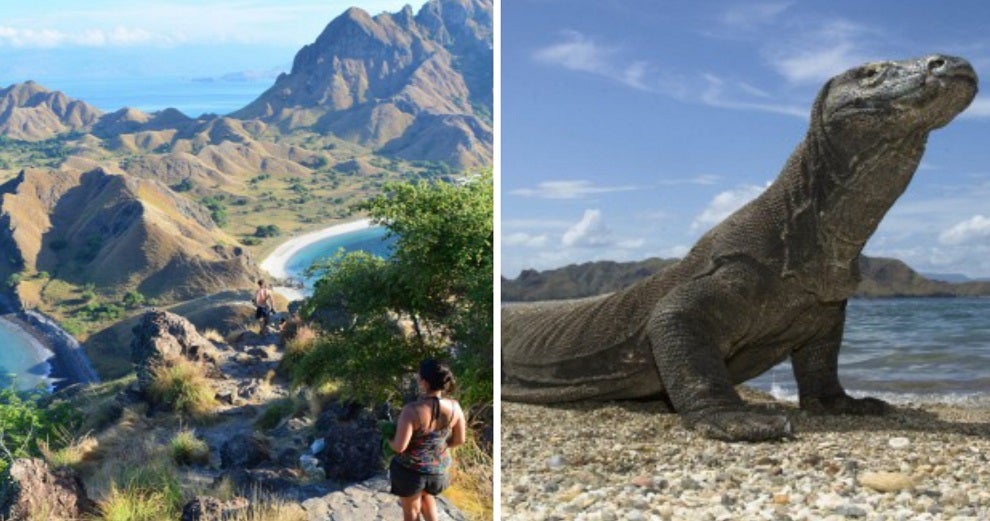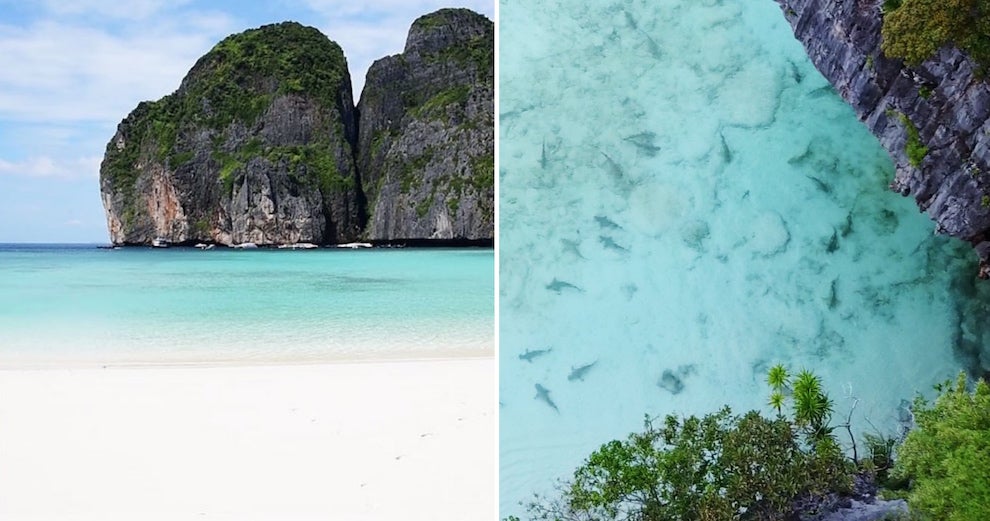According to CNN, the Indonesian government just announced that effective January 2020, popular tourist destination Komodo Island will be closing itself off to tourists for a year. While the island itself will close, the rest of Komodo National Park which includes the islands of Rinca, Gili Motong, and 26 smaller islands, will remain open to tourists.
This is reportedly in response to the recent discovery of a Komodo Dragon smuggling ring earlier in March 2019. Authorities found that 41 of these giant lizards were smuggled and sold on Facebook for a whopping USD$35,000 (approx. RM142,817) each.
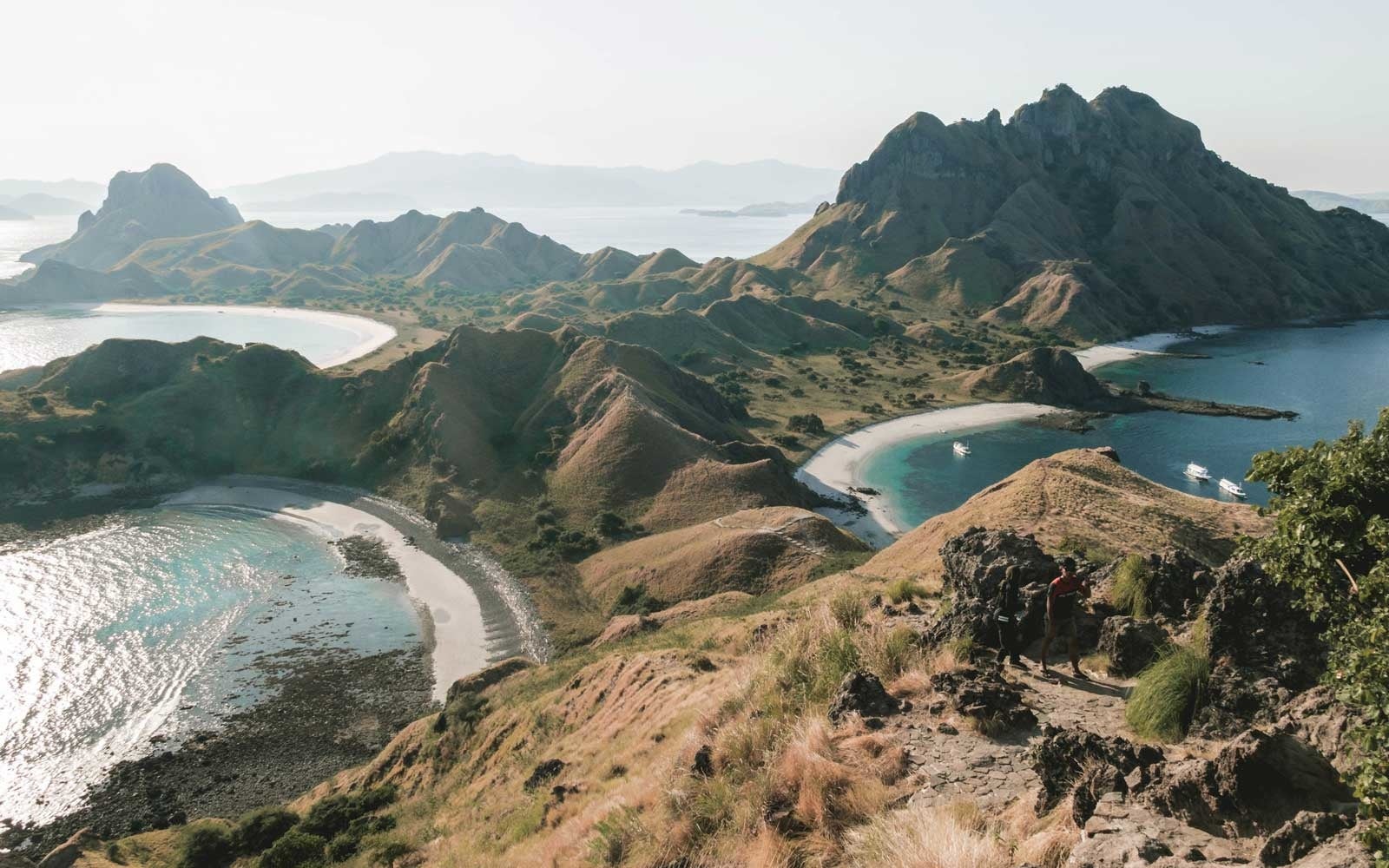
Source: Travel & Leisure
During the island’s temporary closure, authorities will be focusing on repopulating the Komodo Dragon population while also carrying out habitat preservation efforts.
According to the Jakarta Post, recent data from the Environment and Forestry Ministry indicate that roughly 10,000 tourists visit Komodo National Park every month. Among these tourists, 95 per cent of them are foreigners, while only 130 people monitor and manage the park.
There are about 5,700 Komodo Dragon lizards that populate Komodo Island, according to UNESCO. These lizards exist nowhere else in the world and are often studied by scientists interested in the theory of evolution.
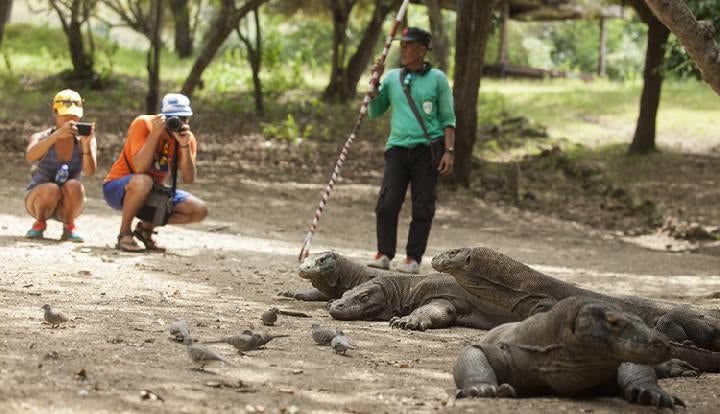
Source: Tempo
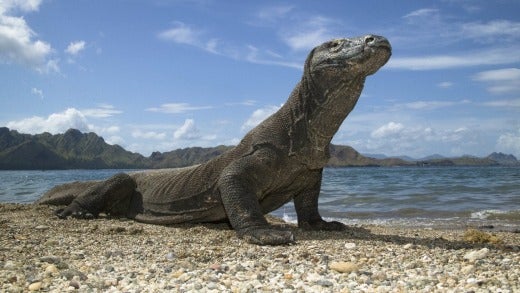
Source: Traveller.com.au
The Komodo Dragon is the world’s largest living lizard with a highly venomous bite that even a small nip can prove to be fatal. This species is also categorised as “Vulnerable” under the ICUN Red List.
Another fascinating thing about the Komodo Dragon is that their blood contains a lot of antimicrobial peptides, which not only helps them fight against infections, but makes these lizards immune to the venomous bites of other Komodo Dragons. Some experts believe their blood could also be used in the creation of antibiotics, but this still requires further study.
Well, it’s good to know that the Indonesian government is doing their best to preserve and protect this rare species. We should all do better to protect our wildlife and environment!
Also read: Stunning Photos Show Sharks Have Returned to Maya Bay 6 Months Into Its Rehabilitation

